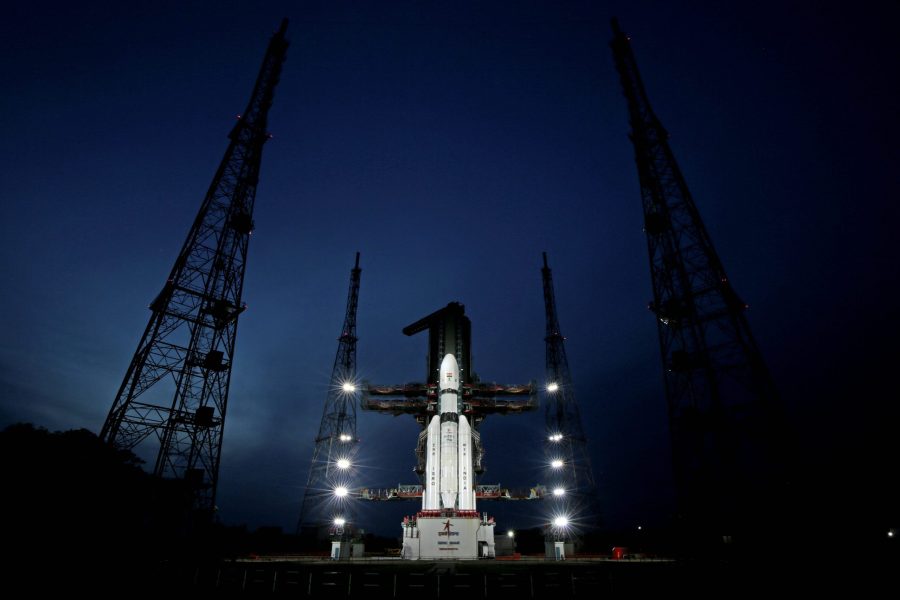
10 things you need to know about Chandrayaan-3 that takes off on July 14

The Indian Space Research Organisation (ISRO) has been concentrating all its resources towards the highly anticipated Chandrayaan-3 mission to the moon. The space agency recently announced the launch date for this groundbreaking mission.
Officials have confirmed that the rocket is scheduled to take off on July 14 at 2:35 p.m. local time. The primary objective of Chandrayaan-3 is to successfully land on the lunar surface. Here are some facts about the Chandrayaan mission that you need to know…
Also Read: Chandrayaan-3: 10 key upgrades that improve chances of ISRO’s Moon mission
- Chandrayaan-3 is the third moon exploration project undertaken by the Indian Space Research Organisation (ISRO), and is set to commence from the Satish Dhawan Space Centre located in Sriharikota, India.
- The mission is expected to incorporate several improvements based on the lessons learned from Chandrayaan-2 expedition.
- Chandrayaan-3 is looking to achieve a groundbreaking feat as the first mission to softly land in close proximity to the lunar south pole, unlike all previous spacecraft that landed a few degrees north or south of the lunar equator.
- Chandrayaan-3 will feature a Lander Module (LM), a Propulsion Module (PM), and a rover. The LM will facilitate a soft lunar landing, while the PM will handle propulsion and control. The rover’s role will be to explore the lunar surface and gather scientific data.
- The lander and rover are specifically designed to function for a single lunar daylight period. This is equivalent to approximately 14 Earth days.
- In homage to the celebrated Indian scientist Vikram Sarabhai, the lander for the Chandrayaan-3 mission is named “Vikram.”
- The rover accompanying the Chandrayaan-3 mission is aptly named “Pragyan,” derived from Sanskrit word meaning “wisdom.”
- Chandrayaan-3 marks the fourth mission of the GSLV Mk III or LVM3 rocket, which will be responsible for taking the Chandrayaan-3 spacecraft weighing 3,900 kg (3.9 tonnes), to the moon.
- Chandrayaan-3 aims to explore the lunar surface, conduct scientific experiments, and gather valuable data to enhance our understanding of the Moon’s geology and its evolution.
- To date, only three countries have successfully achieved lunar landings — the United States, the former Soviet Union, and China. India is aiming to be the fourth.
Also Read: Chandrayaan-3 mission to be launched on July 14
The data gathered from the mission will enhance our understanding of the Moon’s history, evolution, and composition, including potential water ice deposits.
It will also help identify valuable resources for future human missions to Earth’s only natural satellite.


